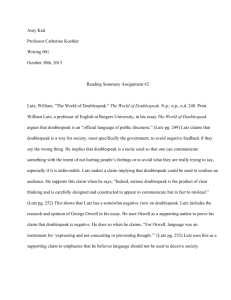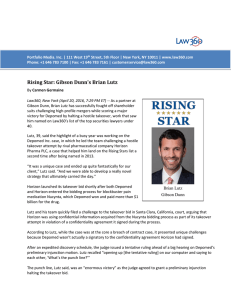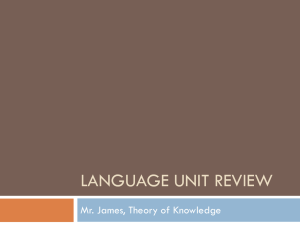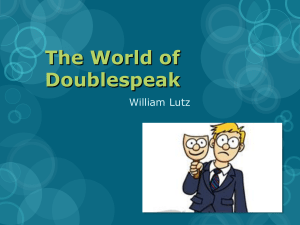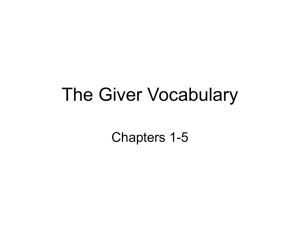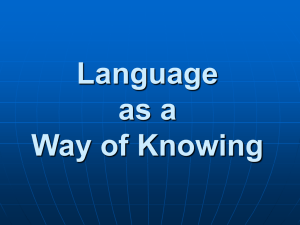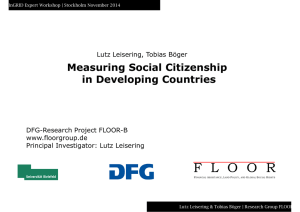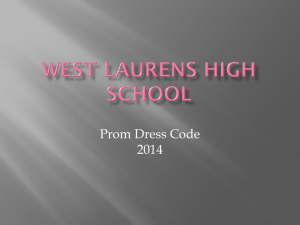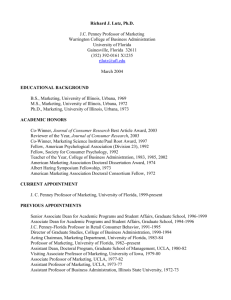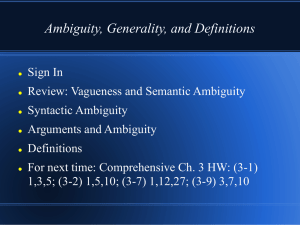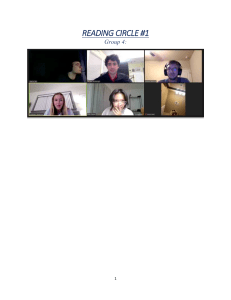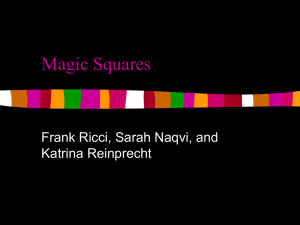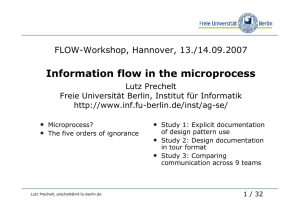Critical thinking: Ambiguity
advertisement
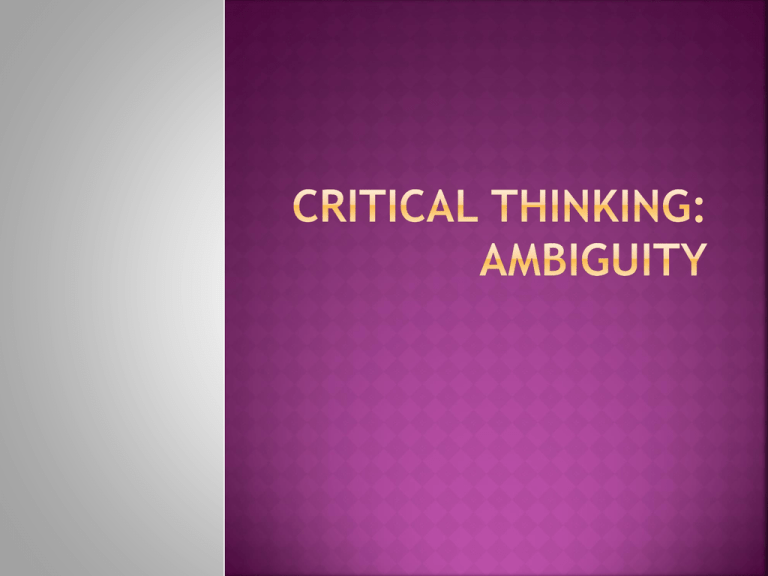
Review the essay “With these Words, I can sell you Anything” in your Dialogues textbook. What is the main point, and what are the supporting points? The essay introduces the term “weasel words” to refer to words that appear to have substance and appear to make a claim, but in fact do not. Lutz claims that advertisers deceptively use these words to sell products and that consumers need to examine the advertising language before relying on a product. “Helps” According to Lutz, this word simply means to aid. When this word is used in an advertising claim, it causes the ad to claim next to nothing. Example: “Helps relieve pain” The product aids in the relief of pain but may not relieve the pain all by itself. Also, the degree to which it helps relieve pain is unknown. “Virtually” According to Lutz, “Virtually” means “In essence of effect, but not in fact.” Therefore, using this word essentially adds “not in fact” to the claim so that the claim is essentially meaningless. For example, “Virtually Spotless Dishes” could very well mean dishes that are not in fact or not entirely spotless. “New and Improved” According to Lutz, this term means that the product has simply been changed in some way, often some superficial way like changing the packaging. For example, a “new and improved” floor cleaner could simply be the same cleaner with a different color dye added to it. “Acts Fast” Lutz indicates that these two words in ads are intentionally vague. Acts means that the product does something, although what it in fact does is often not indicated. Furthermore, there is no indication of how fast is defined. Fast could mean a turtle’s pace by the company’s definition. For example, a cold medicine that “acts fast” could simply make the user sleepy within 12 hours. “Works” According to Lutz, “Works” functions just like “acts” does. All it indicates is that it does something without indicating what it does. For example, an ad that says a product “works great” doesn’t indicate what it specifically does that’s great. “Like Magic” According to Lutz, this weasel word is vague because it references a fantastical element “magic.” He says we don’t really know how magic would work so the comparison is vague. For example, an ad that claims its product “works like magic” could be claiming that the product functions adequately because that could be how magic functions. “Can” or “up to” According to Lutz, “can” only shows possibility. If a product says it “can provide relief,” it’s saying that it’s possible, but it isn’t saying that it will. “up to” functions to very heavily qualify an ad’s claim. An ad that claims “up to 50% off” is only saying that the most discounted item or items is 50% off. All other items are not marked down as much. With this claim, it is possible to mark down only one unpopular item 50% and still claim that it is a “big” sale with items “up to 50% off.” This isn’t really a single word but a class of them: Unfinished comparisons. Lutz says not finishing a comparison allows an advertiser to greatly water down a claim. For example, an ad may say “Works better.” Note that it doesn’t say what it works better than. The product might only work better than using nothing at all. Lutz also says advertisers combine weasel words to further diminish the claim made by an ad. Lutz finishes by stating that since much of this deception is legal, it is up to us the consumer to look closely at the language used before we decide on purchases. What does pulling apart ads have to do with thinking critically about arguments? Basically, the same deceptive tactics that are often used in advertisements are sometimes used either intentionally or unintentionally in arguments outside of advertising. These vague terms are referred to as ambiguity. Consider the following argument: School dress codes are limits put on inappropriate clothing to help keep the learning environment focused. It can be quite a distraction for students if a classmate wears inappropriate clothing. The use of a dress code during school is not preventing freedom of expression. Unlike required uniform dress codes, the dress code still allows for students to choose what they wear as long as it is not deemed inappropriate. Note that the author never explains what “inappropriate clothing” specifically is. It is also unclear what the writer means by “learning environment” and “focused.” Ambiguity also functions in other ways as well. Often this takes the form of glittering generalities. These are positive, yet vague buzz words and phrases that are frequently used but never defined. For example, “freedom,” “change,” and “family values” are often used by politicians, yet are never defined. Aside from not being taken in by vague claims, understanding ambiguity helps students improve their own claims. Look at the following thesis statement: Schools should have a zero-tolerance policy. Does this contain any ambiguity? Note that the writer doesn’t say which schools he or she is talking about and doesn’t indicate what actions the school would have the zerotolerance policy for. A better thesis might be the following: Public middle schools and high schools should have a zero-tolerance policy for sexual harassment among students, suspending or expelling students after only one or two incidents. Although not perfect, this thesis reduces the ambiguity. Look at your own thesis statement. Does it contain any ambiguity? If so, how could it be improved?

